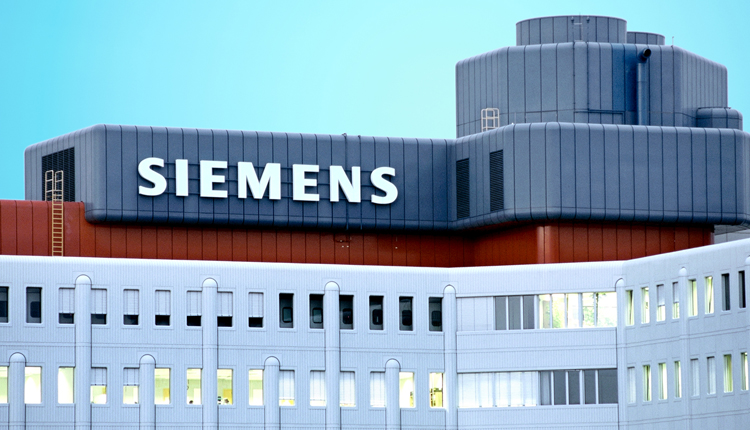Over the years, Egypt has addressed its solid waste challenge in all types of ways, so given the country’s tech sector, it’s no surprise that the newest solution involves an app. Just take a photograph of garbage piles you find on the street and upload the photo with its location to the app. A garbage company will then come and cart it away.
The Ministry of Environment, which is collaborating on the app, also is working to dramatically increase recycling and revamp the processing of solid waste across the country. Another priority is to encourage the transformation of this waste into energy. That’s why the government is working to jump-start the waste-to-energy (WtE) sector by finalizing a feed-in-tariff for electricity produced by these plants.
A handful of WtE plants are already in operation in the country. Several cement plants are converting agricultural and industrial waste into an alternative fuel used to help power their operations.
WtE power plants are increasingly being developed not only in Egypt, but across the Middle East, as governments and policy makers recognize that this technology can solve two big problems – sustainable energy and waste management – through one solution.
Rapid economic development has improved the quality of life for people across the region, but one unfortunate complement to that growth is a big increase in municipal waste. The World Bank forecasts that total waste generation in the region will more than double from 129 million metric tons per year in 2016 to 255 million metric tons by 2050.
Even in countries like Egypt – with seemingly endless deserts – landfills are never an ideal option, particularly when they are working hard to reduce their nations’ environmental footprints.
Tons of waste
To put the waste challenge into perspective, the World Bank estimates that Egypt produces 0.67 kilograms of waste per person per day. That’s more than 60 million kilograms of waste across the country every day and about 15,000 metric tons of trash from Cairo alone. Today, that waste is a huge burden on resource-constrained governments. But WtE could turn that cost into a resource.
For example, using WtE technologies, that volume of garbage could produce 7.5 terawatt hours (TWh) of electricity a day. Egypt’s entire energy consumption was only 170.6 TWh in 2016, reflecting the power hiding amidst all that garbage!
The most common and most proven technology for creating electricity from waste is through incineration. This process begins with pre-treatment of the waste. The waste is then burned in a boiler to generate steam. This highly pressurized steam then passes through a steam turbine which drives a generator to produce electricity.
Cutting costs, boosting bankability
Despite the benefits, WtE faces several hurdles to greater implementation, primarily around construction costs and operating expenses. To address these issues, steps can be taken on the one hand to improve the technology and efficiency of operations, and on the other hand to increase revenues through garbage tipping fees and by increasing feed-in tariffs paid by utilities to WtE plants.
Waste to water
While all these facilities are focused on generating electricity, the thermal heat produced by WtE plants also can be used in other ways. For example, thermal heat can be used in desalination plants or in industrial processes. There also are other forms of WtE technologies, such as gasifying waste to burn as fuel in gas turbines.
Despite the various technologies, we are still in the early days of the WtE industry. Plants such as those operating in Egypt will help move the industry further along, while technology providers such as Siemens are working to improve the performance and efficiency of equipment, such as steam turbines.
One turbine, different heat intensities
For example, one of the things that differentiates solid waste as a fuel from, say, natural gas, is that waste not homogeneous. That means it burns with different heat intensities, which can impact the steam load sent from the boiler to the steam turbine. Our turbines are designed to handle this load variability. Siemens turbines also have quick start times, which provide additional flexibility to WtE plant operators. Siemens turbines also have shorter maintenance times, resulting in greater availability. All of these factors can help manage operating expenses.
Siemens turbines also can help developers control capital expenses, thus improving the bankability of WtE projects. By offering a wide range of turbines to fit any plant’s requirements, a compact turbine footprint, and an optimal interface between boiler and steam turbine, our turbines deliver benefits on the CAPEX side of the equation too.
Developers can find other ways to improve the viability of WtE plants by looking beyond the facility itself – for example, by combining a WtE plant into a conventional gas-fueled plant project.
With our partners, we offer a broad portfolio of services to support WtE projects, from design and financing, to turnkey development and service contracts for turbines and other equipment. This expertise, alongside our work with municipalities and private companies around the world, means we are a ready partner to address the twin issues of clean energy and waste management.
We live at a time of great challenge and opportunity, when the road into the future may be fueled by a photographed pile of garbage on the street. We look forward to working with Egypt and its leaders to achieve this future of countless possibilities.
About the Writer:
Jean-Claude Nasr is Senior Vice President, Power Generation at Siemens Gas and Power for the MENA region.


